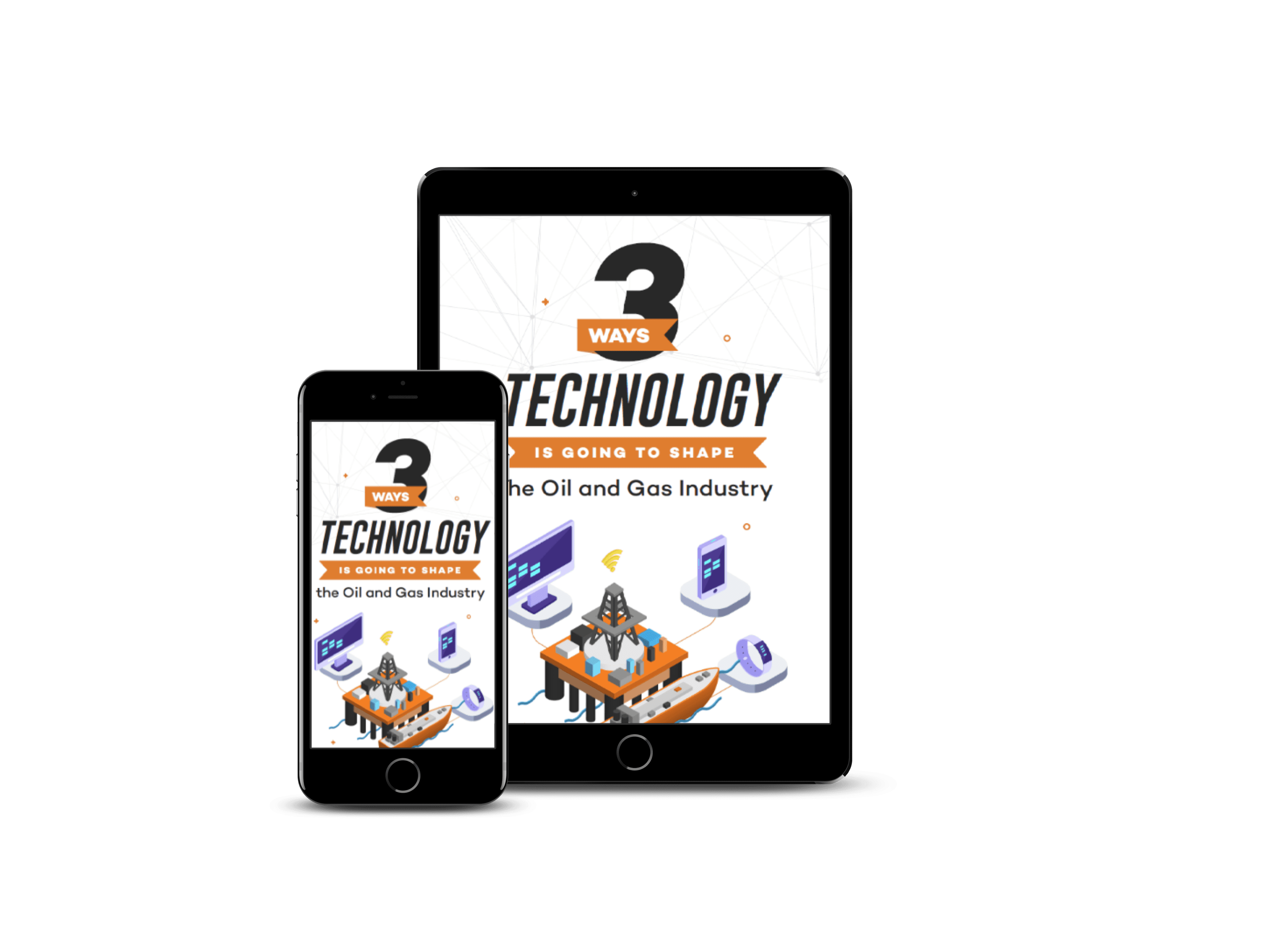Against a backdrop of global demand surges and heightened energy security concerns, the downstream sector is confronted with a balancing act of safely operating assets, with the maximum output, for the longest time possible.
In North America, downstream facilities are decades old and at increased risks of failures, safety incidents and unplanned downtime. This perfect storm is currently predicted to come at a collective cost of more than $50 billion annually to asset owners.
Downstream facilities are complex and expensive assets and maximizing asset reliability, optimizing performance, ensuring safety and regulatory compliance, managing lifecycle costs and minimizing environmental impact is a multidimensional optimization problem that is not easy to solve.
Many different toolsets that address different parts of the puzzle have been developed and successfully implemented over the last decades but one area has never been fully addressed: A combined view of real-time structural asset integrity and operational data. Such a holistic view allows operators to expand the operating envelope by understanding the equipment’s true integrity limits, prevent potential failures with real-time insights into asset integrity and identify optimal operating conditions to maximize asset life. Structural Performance Management (SPM) is combining asset integrity management and operations in real-time to provide exactly that view, via physics-based structural digital twin technology.
Unlocking Efficiency
The integration of operational data and real-time Structural Digital Twins (SDT) plays a crucial role in addressing many challenges in the downstream industry. By creating virtual replicas of physical assets, digital twins enable real-time asset integrity monitoring and analysis. Operators can enhance asset performance by optimizing operations, ensure uninterrupted operations and extend asset life. For example, a real-time SDT can alert operators when a piece of equipment is likely to fail and ensure the maintenance is scheduled before the failure occurs, avoiding costly emergency repairs and production losses. Another example is the ability to corelate real-time operations and structural integrity data to optimize operating conditions to simultaneously increase throughput and extend asset life.
The downstream industry’s struggle with aging infrastructure and the need for more efficient operations is not new. Operational inefficiencies, such as suboptimal processing rates, energy consumption and poor maintenance strategies have long plagued refineries and petrochemical plants. These inefficiencies often result from a lack of a comprehensive real-time view of the structural asset integrity. Empirical models are used to define integrity operating windows, resulting in potential left on the table. The advent of real-time structural digital twin technology allows operators to unlock that potential and to mark a significant shift towards overcoming these hurdles.
The Power of Physics-based AI
Physics-based AI provides a real-time view of asset performance and structural asset integrity enabling a level of decision-making precision that was previously unattainable. This technology is combining the accuracy, reliability and standard compliance of physics-based models with the speed and scalability of data-driven AI models, resulting in faster, more detailed models that are not dependent on historical data and maintain compliance with established industry standards. Compared to the conventional Finite Element Analysis (FEA), a method that cannot be applied in real-time, Akselos’ physics-based AI can simulate assets up to 1,000 times faster and in more detail and accuracy. The integration of sensors and data creates an advanced structural digital twin that can run high-fidelity, comprehensive 3D simulations at the speed of thought. This integration not only enhances the precision in monitoring and managing the health and performance of assets but also significantly reduces downtime and optimizes operational efficiency, directly addressing the core issues faced by the downstream industry.
Extending Asset Life
Beside enhancing asset performance and ensuring uninterrupted operations, structural digital twins can also be the tool of choice for on-demand Fitness for Service (FFS) evaluations. Here, structural digital twins become instruments for decision-making, providing a comprehensive view of each asset’s structural integrity throughout its lifecycle.
Extending the life of an asset can also be achieved by optimizing operating conditions. A pre-requisite for that is a real-time structural digital twin that helps both the operators and the asset integrity team to understand the impact of specific operating parameters on the fatigue or creep damage of an existing asset. An example for this use case is the application of a structural digital twins to optimize the operating conditions for delayed coker units in refining.
Coker drums are subject to extreme operating conditions and inevitably suffer asset degradation leading to costly replacements and production downtimes. These drums undergo rapid thermal cycles causing structural integrity issues, including cracks and vessel bulging, which affect reliability and uptime. Traditionally, analyzing the structural dynamics of coker units in detail and in near real-time was not feasible. With a real-time structural digital twin, that situation changes and operating conditions and resulting fatigue damage can be corelated to minimize equipment degradation while simultaneously optimizing throughput.
Digitalizing the Future
Structural performance management (SPM) can be applied to key assets in a downstream facility, including reactors, separators, heat exchangers, pressure vessels, piping and pipelines – but where it comes into its own is its ability to visualize and monitor an asset, site wide. This holistic approach can unlock opportunities worth over $90 million per year in a medium-sized refinery through a combination of reduced downtime, more efficient operations, and extended asset life.
As the downstream sector looks to tackle the challenges associated with aging assets or how it can optimize new assets coming into the energy ecosystem in the USA, it is critical that it is done with a digital first approach to asset lifecycle management.
Only through utilizing technology that is grounded in physics, can the sector unlock the level of efficiencies that will be required to truly transform the landscape of the downstream industry to offer a more resilient, efficient and forward-looking industry.
Claus Reimers is the Chief Products & Technology Officer at Akselos, where he leads the company’s efforts in developing cutting-edge technology solutions for the downstream industry. With over 16 years of experience in software development and technology leadership, Claus is instrumental in driving Akselos’ product innovation and technology strategy. Prior to joining Akselos, Claus served as Deputy Chief Technology & Innovation Officer at Lloyds Register, where he developed a reputation for delivering robust technology solutions that enhance customer satisfaction and drive business growth. Claus Reimers holds a PhD in Chemical Engineering from Hamburg University of Technology.
3 Ways Technology is Going to Shape the Oil and Gas Industry Free to Download Today
Oil and gas operations are commonly found in remote locations far from company headquarters. Now, it’s possible to monitor pump operations, collate and analyze seismic data, and track employees around the world from almost anywhere. Whether employees are in the office or in the field, the internet and related applications enable a greater multidirectional flow of information – and control – than ever before.









